In 1941, under the Sikorski-Majski Agreement, Poles staying in the USSR — as a result of deportation or imprisonment in a labor camp — were covered by so-called “amnesty”. They could leave the Soviet Union and join the Polish Armed Forces — the army formed by General Władysław Anders, which was to join the fight against the Germans.
Sybiraks did not agree with the term — amnesty. They were not criminals who could be spared any punishment. But the most important thing was that they were given the opportunity to leave the Land of the Soviets. From the farthest corners of the USSR, men, women and children came to the assembly points. Those capable of military service were accepted into the ranks of the army, women in good health could join the Women’s Auxiliary Service. But what about the sick, the old, the children?
In March 1942, the evacuation of Poles to Iran began. Those who got there were exhausted from hunger, diseases, tired from the long journey. In a word, a humanitarian catastrophe. The search for a safe haven for those who could not go further with the army begun.
Help was provided by the British Community — Polish children sailed to the settlements in Africa, India and New Zealand. This is where the Siberian footprints all over the world come from…
In December 1942, General Władysław Sikorski flew to Mexico after the United States refused to accept refugees. He was accepted by President Manuel Ávila Camacho.
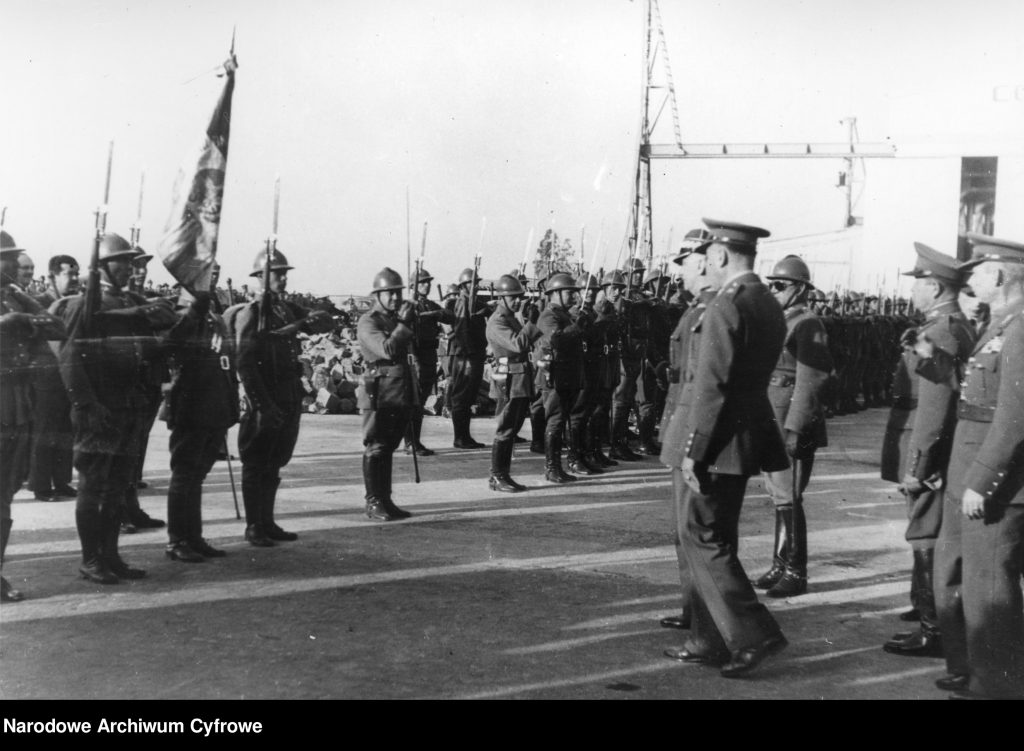
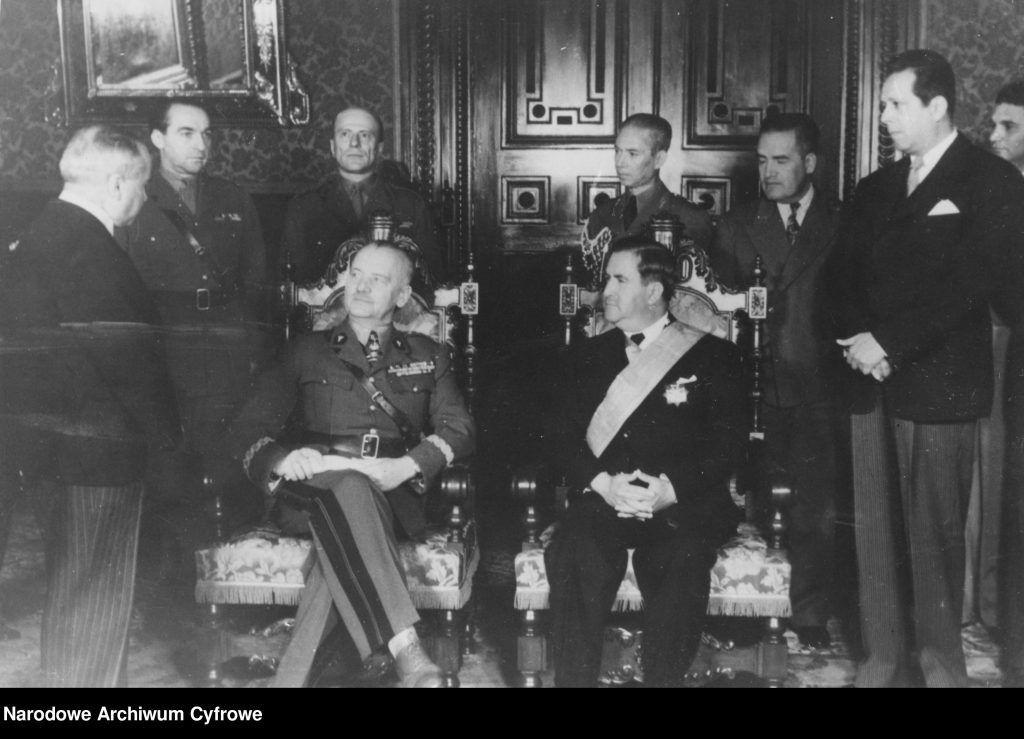
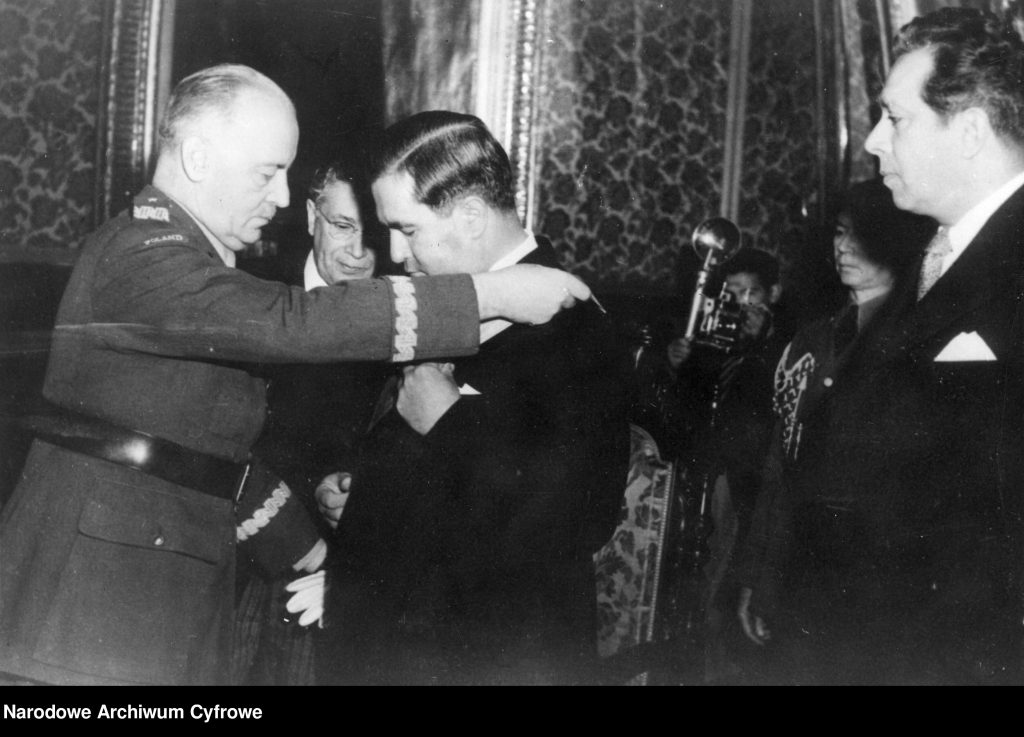
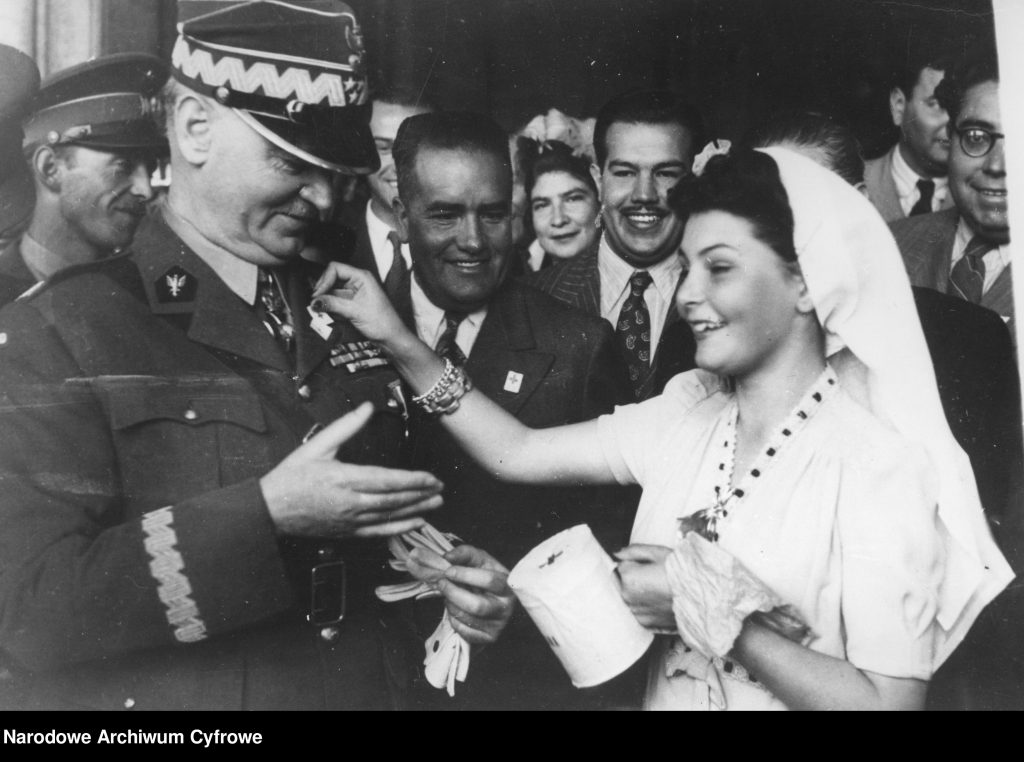
After two days of negotiations, the Mexican government announced that it would accept 5,000 Poles evacuated “from Asia” for the time of war in Europe.
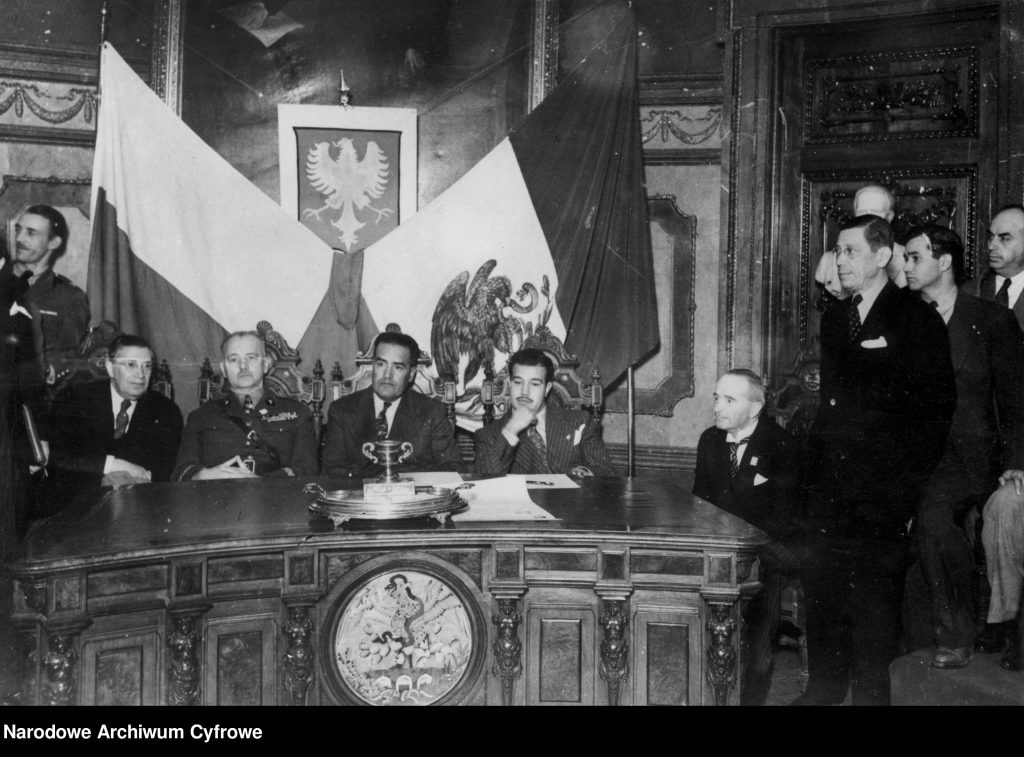
Polish refugees — ultimately in number of 1,500 — reached America by ship and then they were transported to the city of Leon by train. Right there, a welcoming committee with the mayor in the lead was waiting on the platform decorated with Polish and Mexican flags. The orchestra played “Mazurek Dąbrowskiego” (“Poland Is Not Yet Lost”).
The place of the whereabouts of Poles for the hacienda of Santa Rosa was chosen near Leon. It was closed housing estate with its own administration and infrastructure, school, common room and medical point. According to the assumptions of the authorities — closed and cut off from the local community. In fact, on the second day, Mexican bachelors appeared at the fence, intrigued by the Slavic beauty of the newcomers, and the Polish boys jumped over the fence at night to seat by the fire with their local peers.
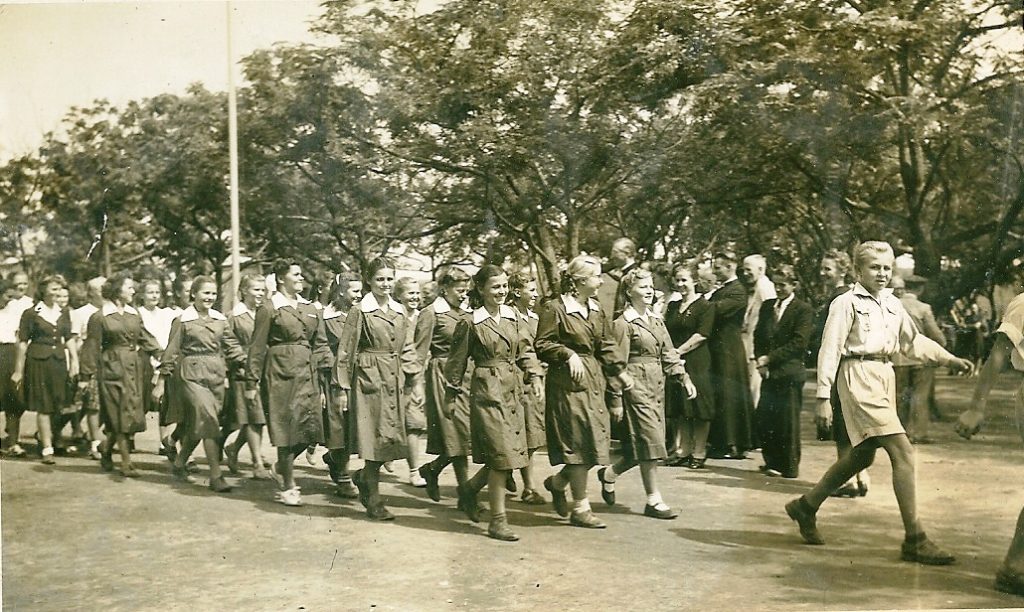
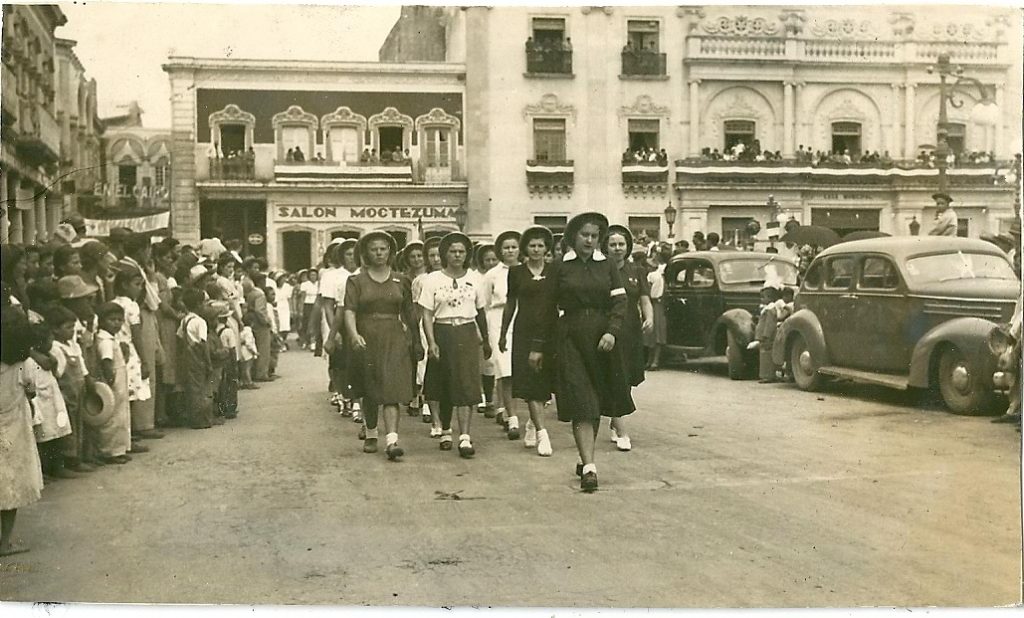
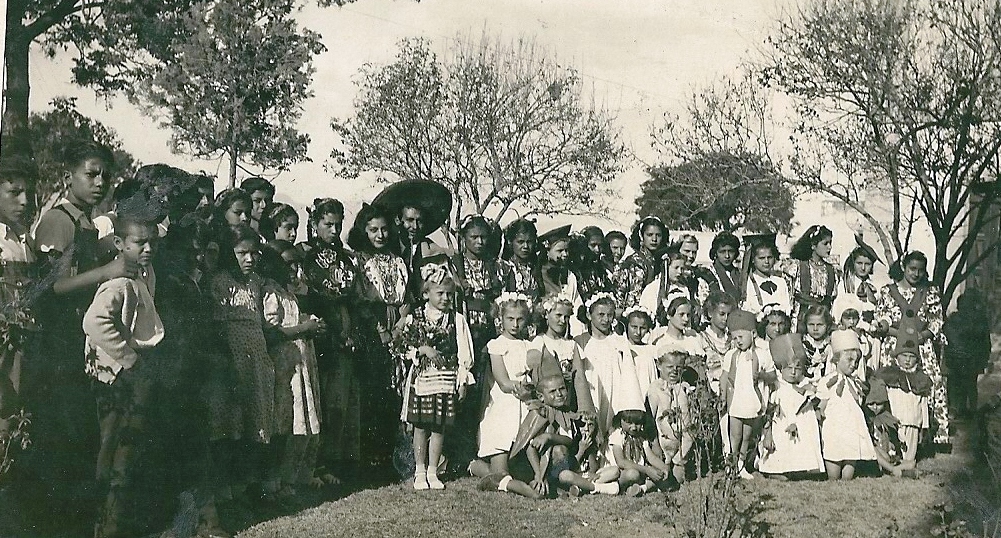
“This is how the political assumptions collapsed in a few minutes” — said Piotr Piwowarczyk, screenwriter and producer of the documentary “Santa Rosa. Odyssey in the Rhythm of Mariachi”.
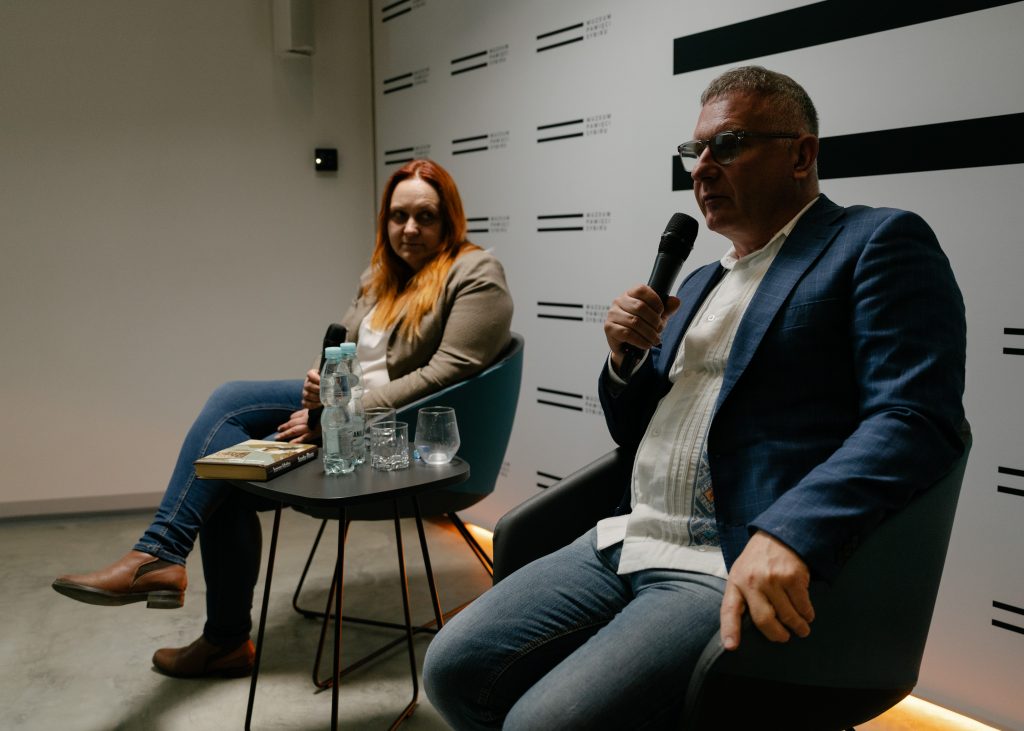
Piotr Piwowarczyk is a journalist and filmmaker. He has lived in Mexico since 2008. — In 2011, I met the Polish ambassador to Mexico. We talked about Poles who stayed in Santa Rosa. She encouraged me to make a film about it. So together with Sławomir Grünberg, the director, we started looking for people who could become the film characters. And that’s how I found Joanna in the Internet. She didn’t need to be persuaded to go to Mexico — the filmmaker joked.
Joanna Matias is a lawyer raised in Szczecin. It’s long been her dream to go to Mexico, necessarily with her father, who was born there — as a child of two Sybiraks — young, but already experienced by the fate: Alina and Józef Wierciński. This was their story:
In April 1940, Józef Wierciński, coming from near Białystok (his parents worked in a hospital in Choroszcz near Białystok, his father was a veteran of the Polish war) is taken by the Soviets to Kazakhstan.
Two years later, when under the “amnesty” announced by Stalin for Polish citizens, there is a chance to leave the Soviet Union with forming Anders’ Army, Józef does not qualify to be a soldier. Once severely beaten by the Soviet officers, he never regained his health. So he joins the thousands of civilians who are dragging “with Anders” through the Middle East: women, children and men, just like him, unable to fight.
On the way, he meets Alina Srzedzińska, born in Białystok and, like him, experienced with the nightmare of Siberia. They fall in love.
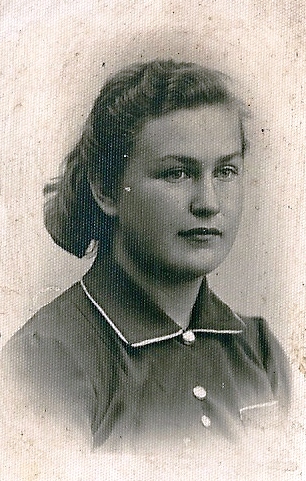
They will get married — surrounded by other Polish refugees — at the Santa Rosa hacienda.
Two children, Bogdan and Janina, are born in Mexico to Wierciński, and the family plans to emigrate to the United States. Unfortunately, Joseph dies. — Staying in Mexico extended my grandfather’s life anyway — Joanna Matias once told us — he managed to become a husband and father…
The 24-year-old widow finds out that her family found each other after the war in Świnoujście. With the last transport from Mexico — through the United States, Germany — she manages to return to Poland within its new borders.
Alina starts a new life and remarries Józef Matias. She doesn’t speak a lot about her first husband. — Grandpa Matias was a jealous man. He cut out Grandpa Wierciński, literally: he even cut up photos from Mexico with my mother and my father Bogdan, removing Józef — said Joanna Matias during the meeting.
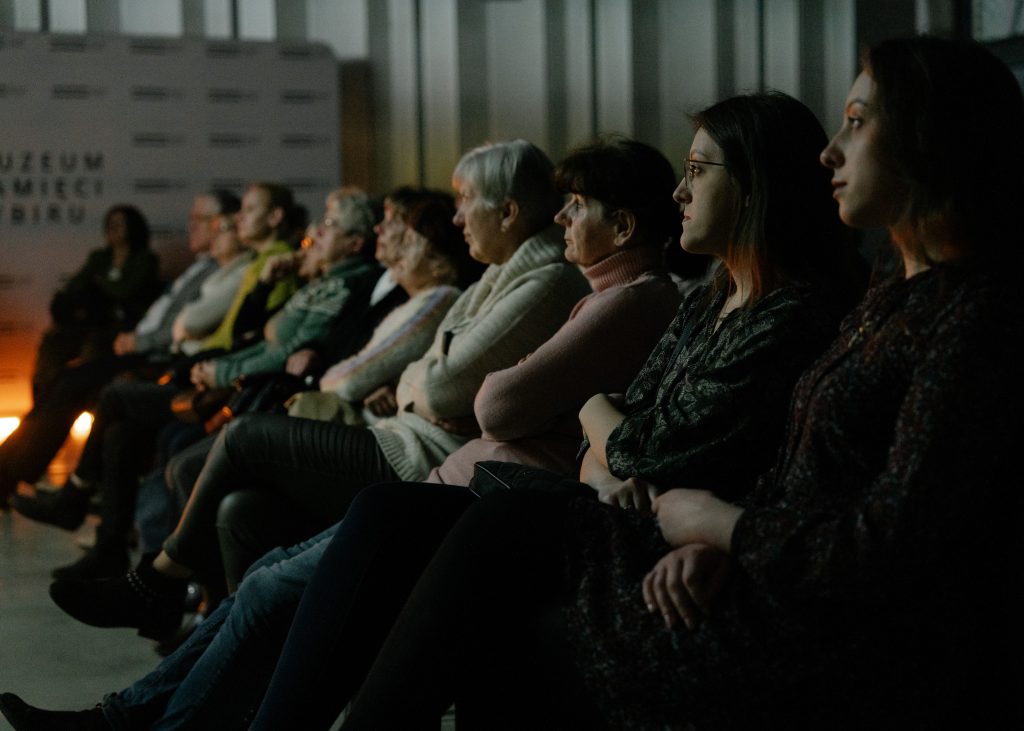
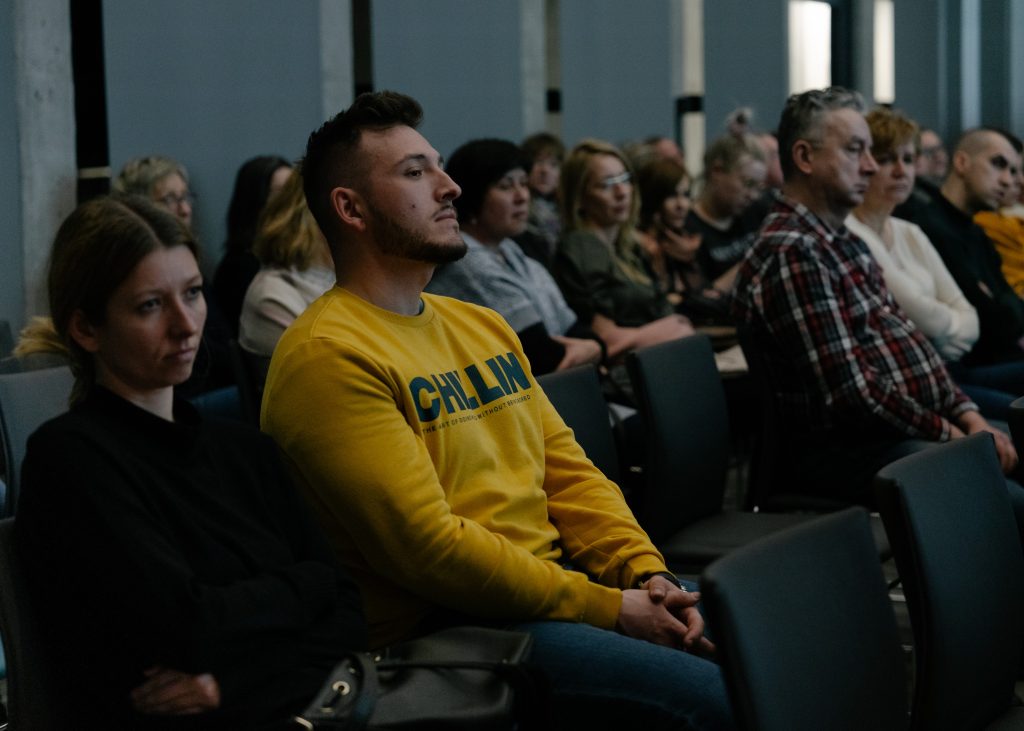
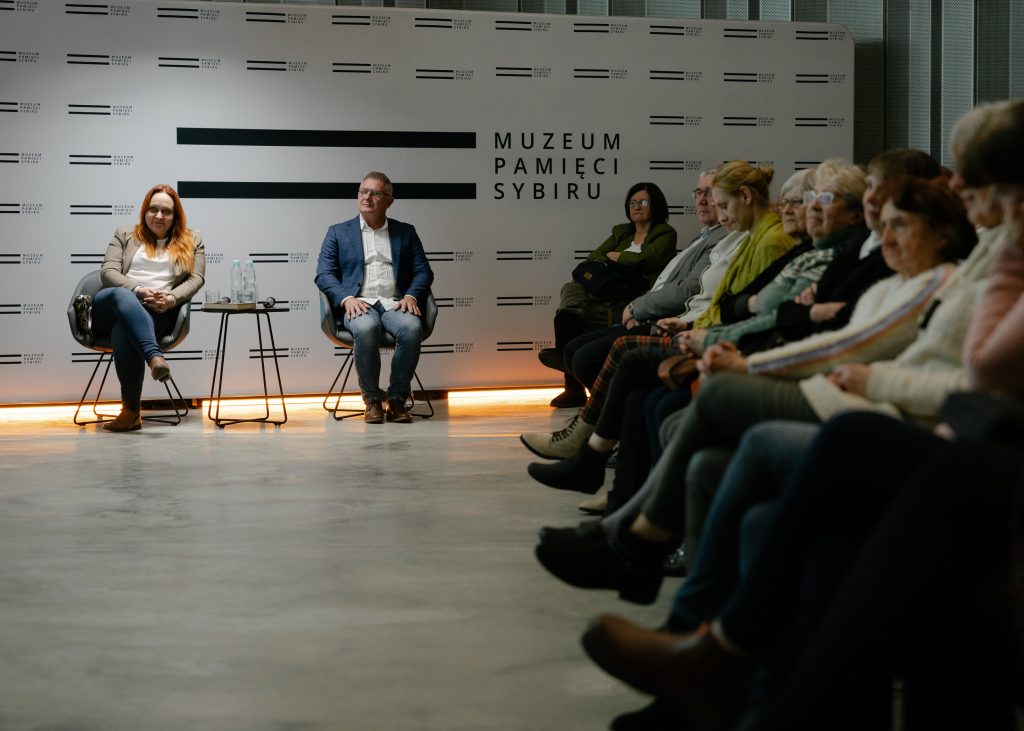
Mexico is remembered in the Matias family with great fondness and kindness. Bogdan, Joanna’s father, who left Santa Rosa as a four-year-old, kept many warm memories. “We will go there someday” — they repeat to themselves.
— “Grandma died, and Christmas was soon after. My father and I, we both said: we are going to Mexico, we will find our grandfather’s grave — says Joanna Matias.
She starts looking for information, photos and people who know anything about Santa Rosa. She scours the internet, asks questions on forums. This is how they find themselves with Mr. Piwowarczyk and Mr. Grünberg. The result of a joint trip to Mexico is the documentary “Santa Rosa. Odyssey in the rhythm of mariachi “, which we watched together at the Sybir Memorial Museum.
— This is not in the film, but this story has a happy ending — said Piotr Piwowarczyk right after the screening. After the film was released to the public, with the help of another Pole with “Santarosan” roots and the Mexican family he found, we managed to locate the place where Józef Wierciński was buried, although the grave no longer exists. In Mexico, if perpetual usufruct is not paid, the grave is liquidated after five years and the remains are transferred to the mass grave.
Few of the former inhabitants of Santa Rosa are left alive. The Santa Rosa Association in Chicago, for years uniting the community of Poles who went through the Mexican settlement and then emigrated to the United States, no longer exists. “Unfortunately, the members died, and the next generation is Americans, who are not interested. Among the residents of Santa Rosa appearing in this film, only Mrs. Gryciuk and Mrs. Pater are still alive” — said Piotr Piwowarczyk.

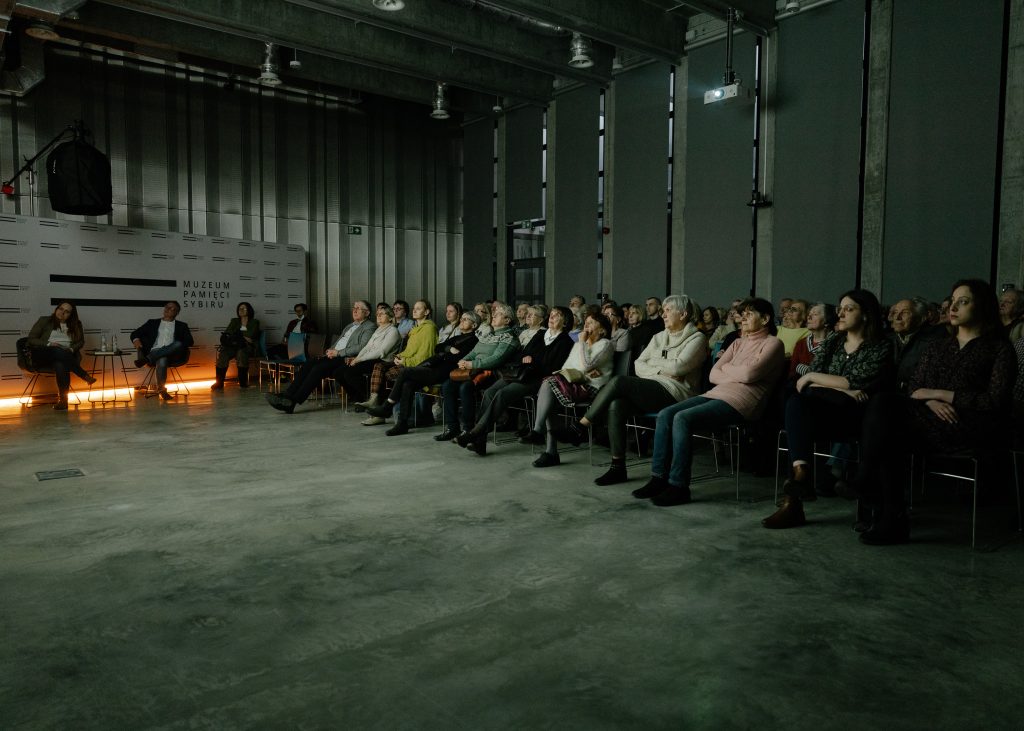

The story of Santa Rosa, however, continues thanks to the film, the studies of historians and people such as Joanna Matias, who, with the help of a public collection, published the book, and when it ran out of limited edition, she shared it on the Internet with all interested parties. It’s also a way to show gratitude to Mexicans. “In my family, Mexico was synonymous with security. I’ve heard so many good things about it and the Mexicans, so when I was going there, I was wondering: when will this myth collapse. But it didn’t happen — said Joanna Matias. — Everyone emphasized with what kindness and hospitality they met. The Poles who lived in Santa Rosa were really happy and safe there.
Today, the hacienda houses an orphanage run by Salesian fathers. For years, this institution was supported by Czesław Sawko, who came to Santa Rosa as a Siberian child and later became a millionaire industrialist in the United States. “It’s for the Mexican bread I ate when I came here” — Joanna Matias quoted his words.
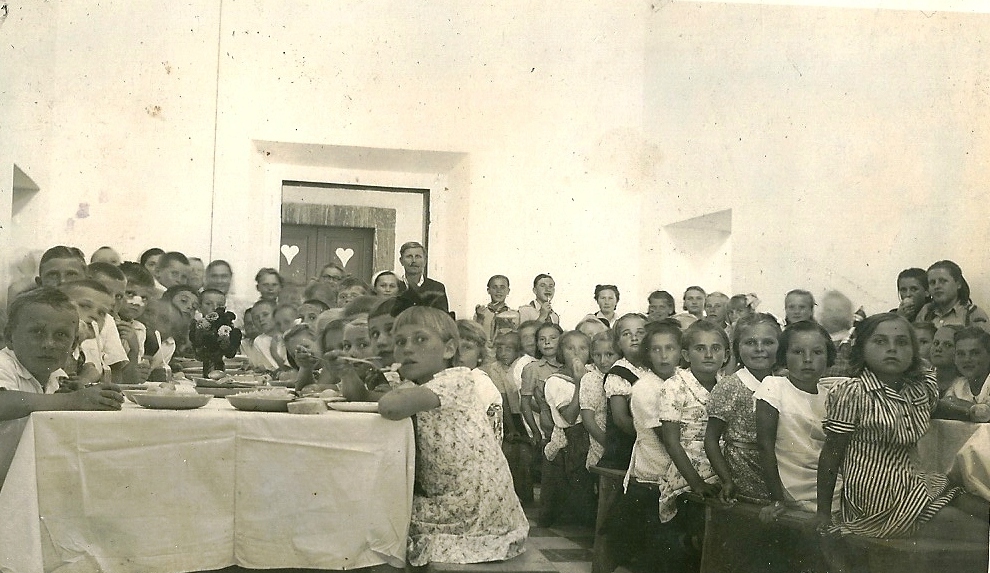
Today, in Santa Rosa, work is underway to prepare a memorial room. — It should be ready in two years, tourists coming there will be able to learn about the history of this place — said Piotr Piwowarczyk.
We would like to thank Joanna Matias for sharing photos from her family archive.










